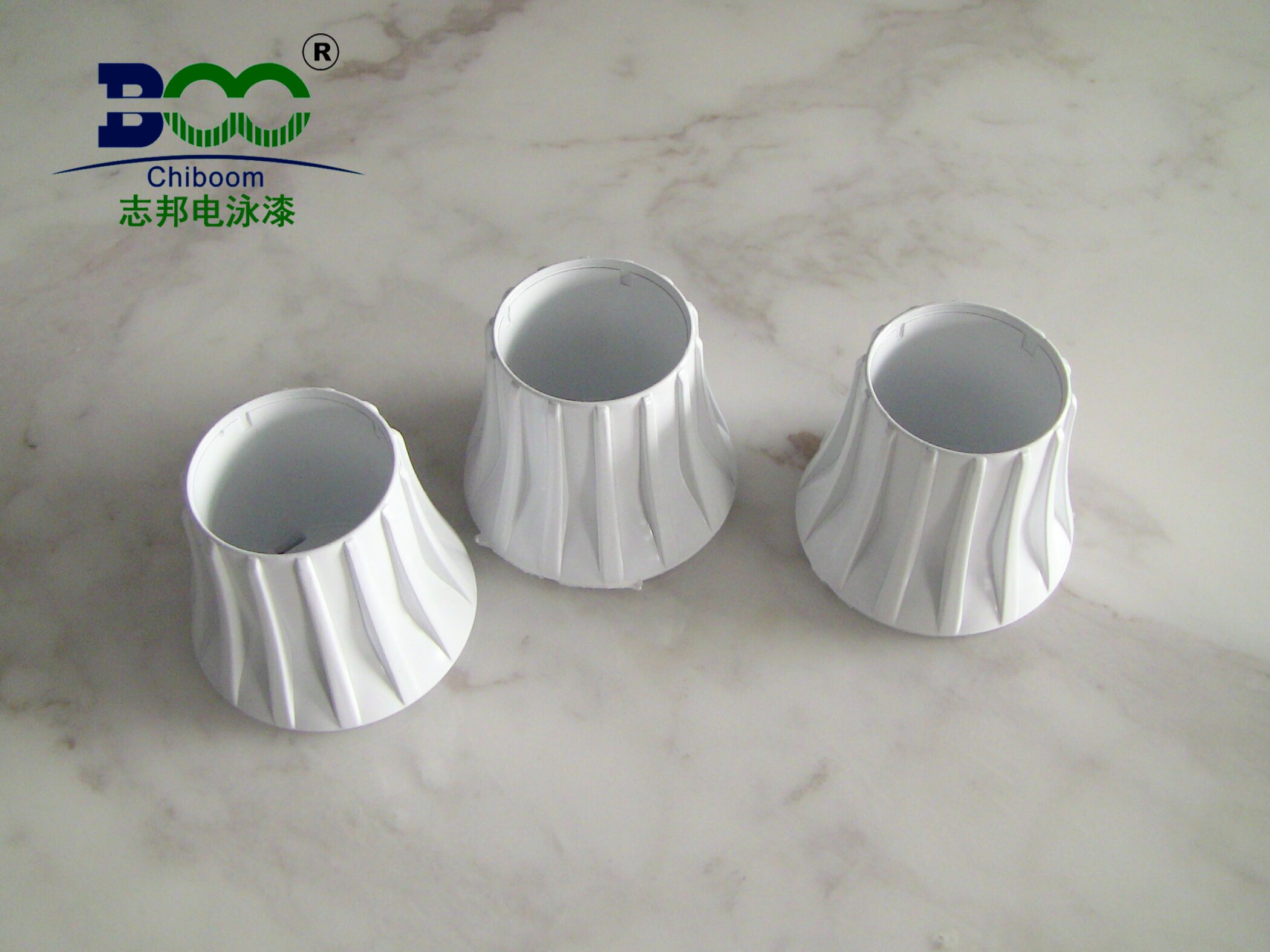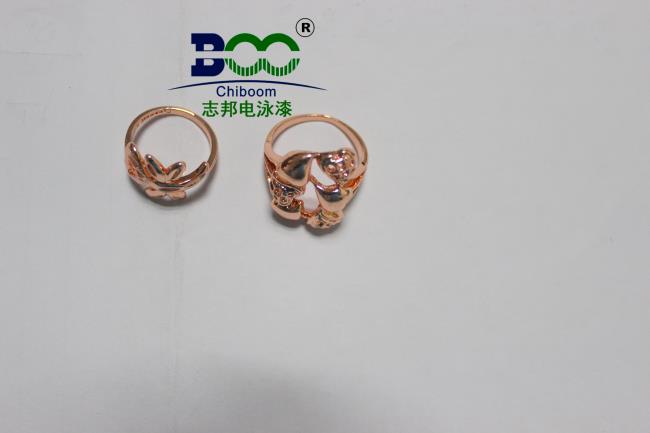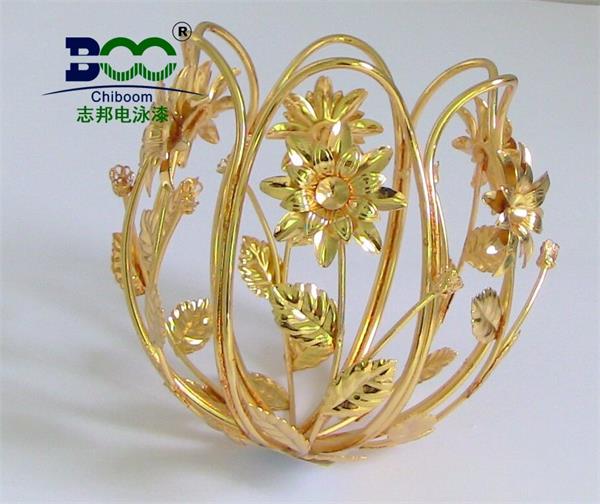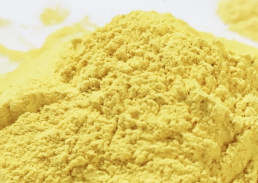What is electrophoretic paint resin used for?
What is electrophoretic paint resin used for
The Versatile Uses of Electrophoretic Paint Resin
Electrophoretic paint resin, as a special type of resin coating, finds widespread applications across multiple industrial sectors due to its excellent electrophoretic properties and chemical stability. The primary uses of this resin encompass surface coating in industries such as automobiles, electronics, and furniture, as well as processes like wastewater treatment and aluminum profile production.
Firstly, in the coating industry, electrophoretic paint resin is extensively employed as a pigment dispersant for electrophoretic primers due to its remarkable dispersion and stability. It ensures uniform dispersion of pigments in the coating, thereby enhancing its consistency and quality. Furthermore, the resin also regulates the pH level of the electrophoretic coating process, ensuring the quality and adhesion of the coating.
Secondly, in wastewater treatment, electrophoretic paint resin plays a crucial role. Wastewater generated during the electrophoretic coating process may contain harmful substances and needs to be treated to meet environmental discharge standards. The resin removes ions and pollutants from the wastewater, purifying it through ion exchange processes, thereby improving the environmental quality of the treated wastewater.

Again, in the production of aluminum profiles, electrophoretic paint resin plays an important role. The production process of aluminum profiles generates a significant amount of ions, which can affect the quality of the electrophoretic coating, leading to waste and compromised product quality. The resin effectively removes these ions, ensuring the smooth operation of the aluminum profile production system, minimizing waste, and maintaining product quality.
In addition, electrophoretic paint resin has other applications such as reducing electrical conductivity and preventing equipment corrosion. High electrical conductivity of water can affect the quality of the electrophoretic coating, while the resin removes ions from the water, reducing conductivity and enhancing the uniformity and consistency of the coating. Simultaneously, it lowers the concentration of metal ions in the water, mitigating the risk of corrosion in coating equipment, prolonging equipment lifespan, and reducing maintenance costs.
On the market, electrophoretic paint resins are primarily divided into two categories: acrylic resins and epoxy resins, with the majority being anionic exchange resins. These resins are non-toxic and safe to handle, but they have a pungent odor, so it is recommended to wear protective equipment during use.
In conclusion, electrophoretic paint resin is an indispensable component in the electrophoretic coating finishing industry due to its unique properties and widespread applications. It not only improves coating efficiency and quality but also ensures the smooth operation of processes like wastewater treatment and aluminum profile production. With advancements in technology and increasing environmental requirements, the uses of electrophoretic paint resin are expected to continue to expand and optimize, making significant contributions to the development of various industries.





 WeChat
WeChat